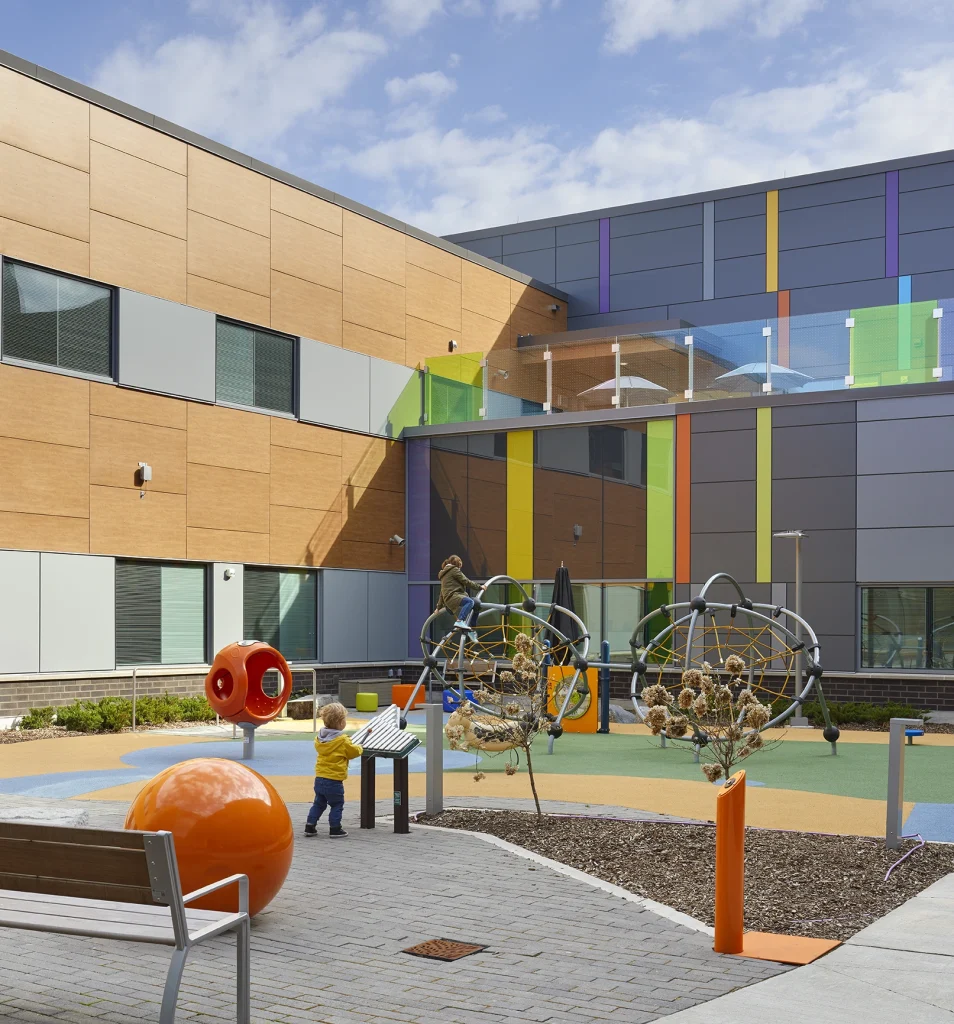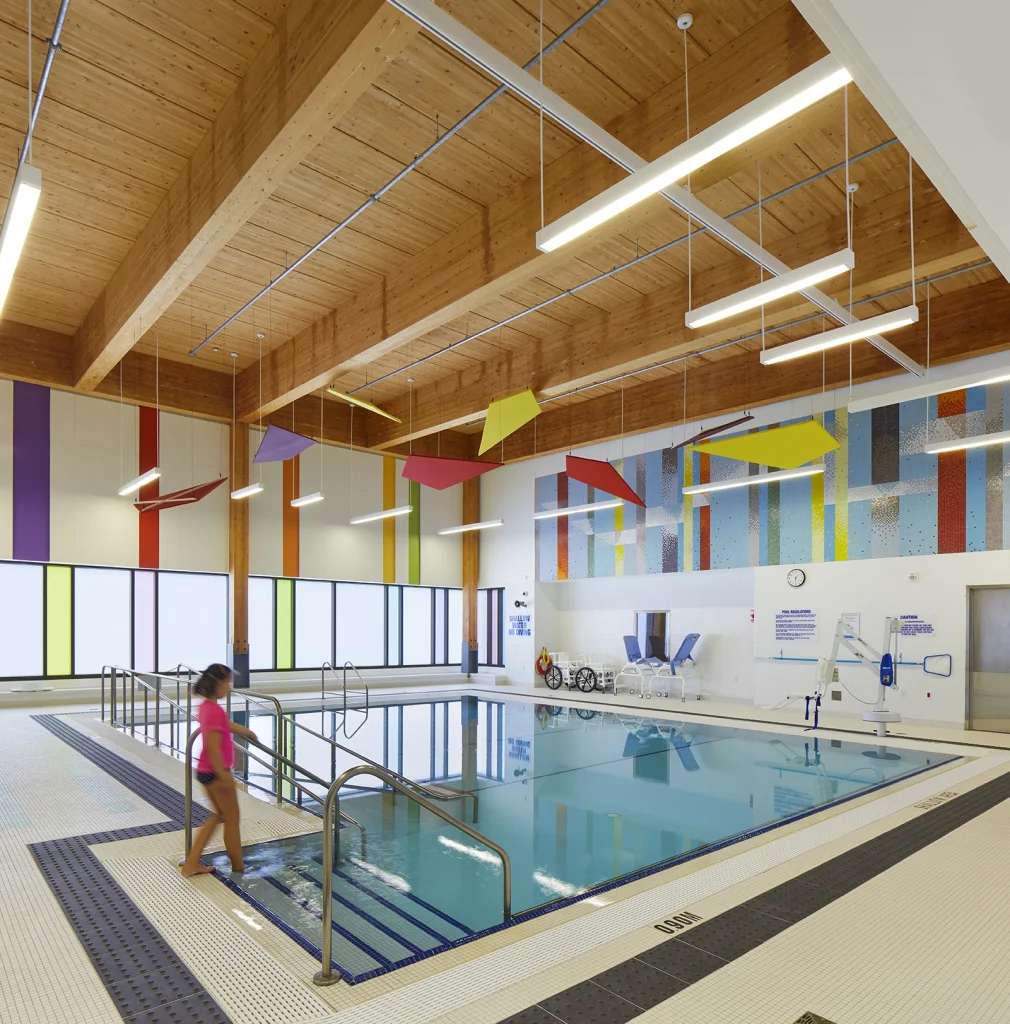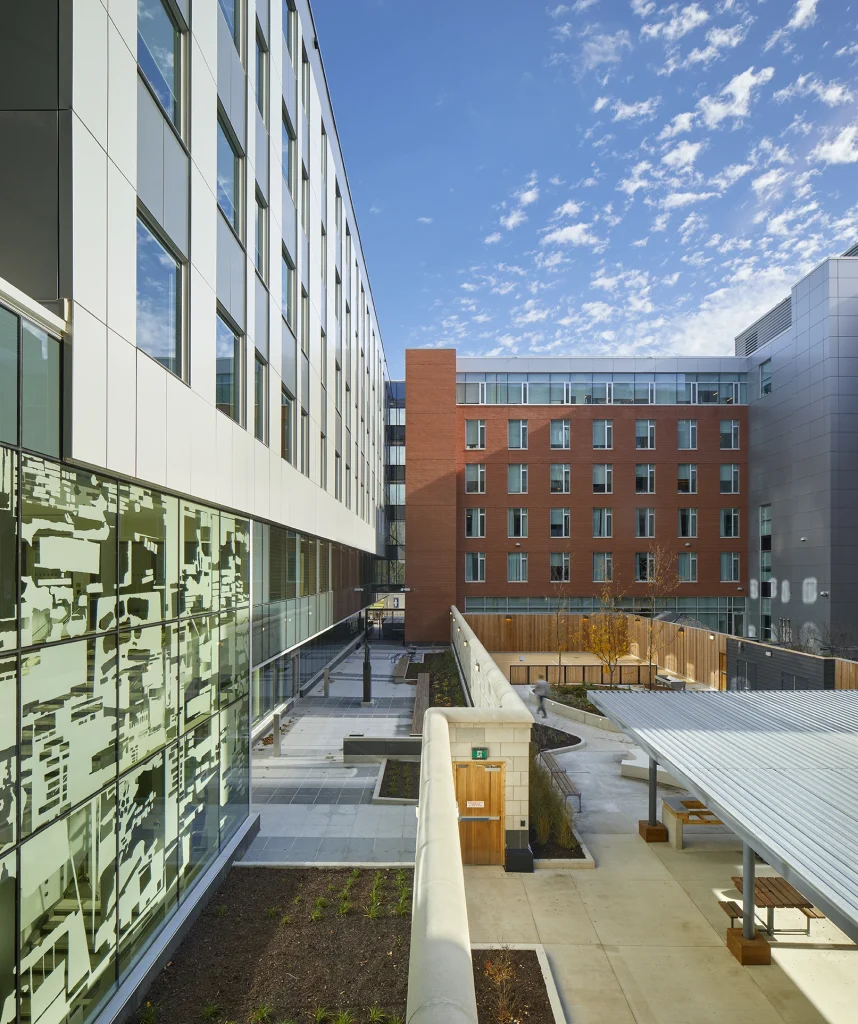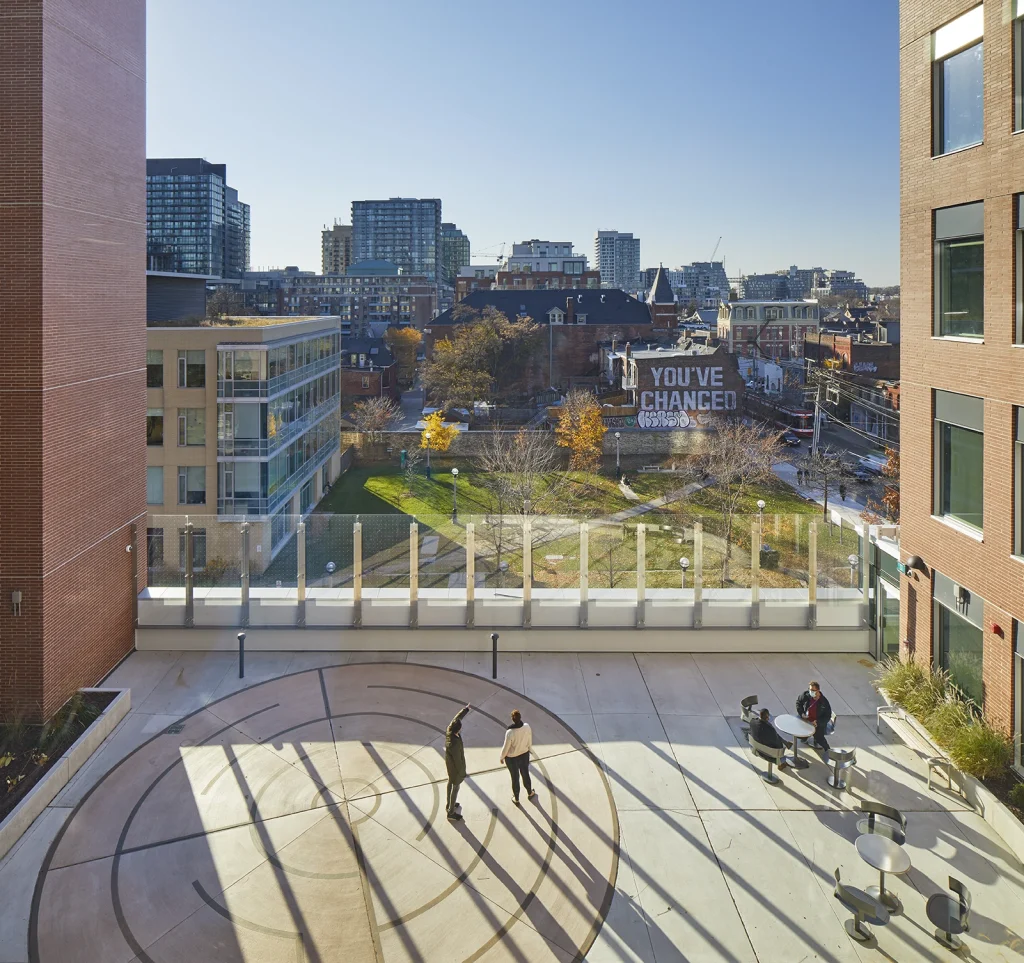Movement Matters:
How Physical Exercise Transforms Mental Health Environments
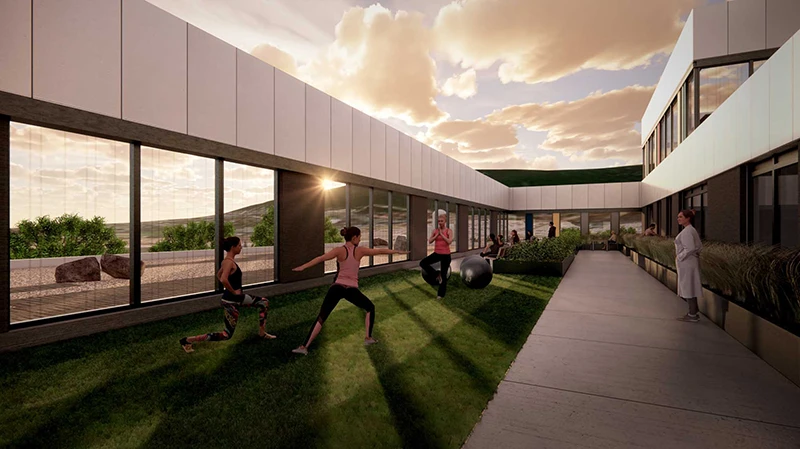
The connection between physical exercise and mental well-being can be profound, especially in environments designed to support mental health. Let’s explore this vital relationship through the lens of innovative projects and research insights, showcasing how movement is integrated into mental health environments to promote healing and resilience.
The UK’s Mental Health Foundation emphasizes the benefits of moving more for mental health, advocating for physical activity as a means of boosting mood and reducing the risk of depression and anxiety. Whether it’s a leisurely stroll through a therapeutic garden or participating in group fitness classes, movement becomes a catalyst for healing and recovery in mental health environments.
Robyn Linstrom and Stephen Parker, mental health design experts from leading integrated design firm, Stantec, shed light on groundbreaking projects that prioritise movement within mental health facilities. One such project is the ErinoakKids Centre for Treatment and Development, where thoughtful design principles merge with therapeutic landscapes to create spaces that inspire physical activity and engagement. By incorporating elements such as accessible outdoor areas and interactive features as well as an aquatic centre, the campus encourages movement as an integral part of the healing process.
Similarly, Stantec’s involvement in the Centre for Addiction and Mental Health (CAMH) Phase 1B and Phase 1C projects underscores the importance of movement-centric design in supporting individuals with complex mental health needs. These facilities prioritize open, flexible spaces that facilitate various forms of physical activity, promoting a sense of empowerment and well-being among patients and care team alike. CAMH incorporates a well-known and successful example, an outdoor labyrinth, which allows pacing for patients to self-regulate and has been documented in a variety of mental health settings.
But what is the science behind this integration of movement and mental health? Research published in journals for ScienceDirect and the National Institutes of Health in the United States unveils compelling evidence. Psychiatric patients have reported significant improvements in mood, cognitive function, and overall well-being when engaged in regular physical exercise programs. The positive impact extends beyond symptom management to include enhanced social interaction, reduced stress levels, and increased self-esteem. Outdoor space and movement/physical activity is an essential way for patients to self-regulate.
Moreover, neuroarchitecture and biophilic design principles, as highlighted in sources like Healthcare Facilities Symposium & Expo, and resources available at the Center for Health Design and the Academy of Neuroscience for Architecture (ANFA) emphasize the importance of natural environments in promoting mental health. By mimicking elements of nature within built environments, such as incorporating green spaces, natural light, and views of outdoor scenery, mental health facilities can create soothing settings that encourage movement and outdoor activities.
From innovative design concepts to evidence-based research, the integration of movement fosters resilience, empowerment, and hope for individuals navigating the complexities of mental illness. By prioritizing movement, we create spaces that not only heal the body but also nurture the mind and soul.


